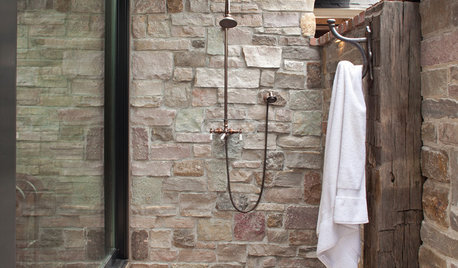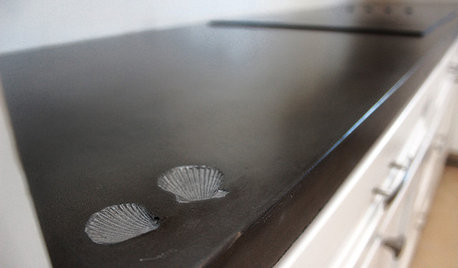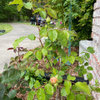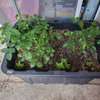Would like to know more about rootstock
User
16 years ago
Related Stories

MOST POPULARWhat to Know About Adding a Deck
Want to increase your living space outside? Learn the requirements, costs and other considerations for building a deck
Full Story
FURNITUREHow to Buy a Quality Sofa That Will Last
Learn about foam versus feathers, seat depth, springs, fabric and more for a couch that will work for years to come
Full Story
WORKING WITH PROS10 Things Decorators Want You to Know About What They Do
They do more than pick pretty colors. Here's what decorators can do for you — and how you can help them
Full Story
PAINTINGWhat to Know About Milk Paint and Chalk Paint — and How to Use Them
Learn the pros, cons, cost and more for these two easy-to-use paints that are great for giving furniture a vintage look
Full Story
ARCHITECTUREWhat You Must Know About the Sun and Your Home
Learn about the powerful effects of sunlight on house materials and more, and see 7 homes that address the sun's rays beautifully
Full Story
WORKING WITH PROSWhat to Know About Working With a Custom Cabinetmaker
Learn the benefits of going custom, along with possible projects, cabinetmakers’ pricing structures and more
Full Story
ARCHITECTURE10 Things to Know About Prefab Homes
Are prefab homes less costly, faster to build and greener than homes constructed onsite? Here are answers to those questions and more
Full Story
GARDENING AND LANDSCAPING28 Outdoor Projects Everyone Should Know About
Learn how to refinish your wood deck, make a garden fountain, add a shed and more
Full Story
REMODELING GUIDESWhat to Know About Budgeting for Your Home Remodel
Plan early and be realistic to pull off a home construction project smoothly
Full Story
KITCHEN COUNTERTOPSElephants of the Kitchen? What to Know About Concrete Counters
Concrete countertops are beautiful, heavy and cool — and have their own peculiarities. And a lot in common with certain gray pachyderms
Full Story






zack_lau z6 CT ARS Consulting Rosarian
anntn6b
Related Discussions
Newbie would like to know about transplanting,
Q
Would Like to Know About These Roses Please
Q
Would like to know about your best climbers
Q
I would like to know more about Japanese style soaking tubs
Q
UserOriginal Author
ceterum
zack_lau z6 CT ARS Consulting Rosarian
mad_gallica (z5 Eastern NY)
roseleaf
diane_nj 6b/7a
anntn6b
ceterum
roseleaf
ceterum
anntn6b
mad_gallica (z5 Eastern NY)
veelakin
roseleaf
berndoodle
Maryl (Okla. Zone 7a)
ceterum
elks
michaelg
UserOriginal Author
estevinho
alicia7b
michaelg
estevinho
alicia7b
michaelg
UserOriginal Author
estevinho
UserOriginal Author
michaelg
UserOriginal Author
diane_nj 6b/7a
Maryl (Okla. Zone 7a)